|
In Advent, we are asked to keep two themes of the season in mind: the birth of the Christ child and preparation for his arrival to Earth again to end time. These great events, that of God descending in human form to Earth to save us from our sins by his death and resurrection, and the end of time with his arrival through the second coming, are powerful and mystical events. I often forget to focus my thoughts on this period from just before Thanksgiving until just before Christmas begins. One way over recent years that has helped me remember this awe-inspiring season of hope and repentance is through listening to one of my favorite Advent hymns: Let All Mortal Flesh Keep Silence. As a brief refresher, it is a song whose lyrics are based on the Divine Liturgy of St. James and has been used as a hymn in Greek since around the third or fourth century. Speaking about the awesome power of Christ and his gift to us through the Eucharist in vanquishing the powers of hell and bringing eternal light, this hymn was revitalized during the Oxford Movement of the 19th Century and adapted to English. For Catholics, we believe in the Real Presence, so our understanding and awe hopefully go much deeper when sung with lyrics such as: “King of kings, yet born of Mary, As of old on earth He stood, Lord of lords, in human vesture, In the body and the blood; He will give to all the faithful His own self for heav'nly food.” For me, this song about Christ Jesus descending and giving of his own life and blood for us – simply because he loves us – is a powerful and calming reminder of what Advent is really about. It is not just about Christmas, and the gift giving, or even just the celebration of Christ’s birth. His birth is not what saved humanity. It was his sacrificial death and gift of the Eucharist that provides us that opportunity to join him in heaven for eternity as fulfillment of the covenant between God and his people. In a season with some of the darkest and coldest days for us in America, a song like this helps us remember that even in our darkest moments, Christ is there as a hopeful light. While the season of Advent is wrapping up, I invite you to take a few moments during your busy season to reflect on the power and awesome love of God’s gift to us, and the preparations we need to make for his return.
0 Comments
As we enter into the second week of Advent, I am drawn to reflect on Mary’s advent 2000 years ago. This period of preparation can be difficult to enter wholly into, especially in a secular world that desires to skip straight to Christmas, but one way to more fully experience the anticipation of Advent is to look to Mary. We can observe how to live out her anticipatory advent of bringing Christ to others in silence every time we receive Our Lord in the Eucharist. When Mary gave her ‘fiat’ at the annunciation, the Christ-Child was made incarnate in her womb, and she spent nine months silently bearing Christ within her and bringing Him to every person she encountered. How radical that intimacy must have been, to be the only soul on earth who knew Christ, the only one to match heartbeats with Him, to be the source of life for the savior of the world. And yet, this time of intimacy was one of great silence and humility. The Christ-Child in the womb did not make a sound, for the first several months there was little sign that Our Lady could take consolation in His presence besides the promises given to her during the Annunciation. In that silence the only way Our Lady could know her Son and King was through allowing herself to become so silent as to hear the heartbeat they shared. This silence leads to the humility of Our Lady giving all of herself to Our Lord, and this humility of laying her life down fully leads to her willingly bearing the persecution of her advent. In the greatest humility, Mary walked around Nazareth bearing the King of the Universe, and allowed assumptions of her character to be made. She did not make a scene with those she encountered, announcing loudly that she was the Theotokos, but rather allowed Christ to work in the silence, as seen in the narrative of the Visitation, when the child within Elizabeth’s womb leaps for joy at an encounter with Christ. It is in all of these reflections that we as children of Mary learn how we are also supposed to live in advent. Like Mary, we hold the Christ-Child so intimately within our very bodies every time we receive the Eucharist. We get to experience our own advent each time Our Lord enters humbly into us – the simple veil of bread and wine mimicking the simple veil of infancy which hides, from those who do not hold Christ, the reality of His presence. We have nothing we could give our King that would be a worthy offering, so we offer Him our lives. We allow Him to transform us into living tabernacles, our breath becoming His breath, our steps becoming His steps. We carry Him in our hearts and through the silence of our witness, allow Him to encounter the people we meet. Through living our lives in recognition that we carry Christ in our hearts, we grow in desire to bring Him to those we encounter first before we bring ourselves, and we learn to live in a perpetual advent, like Our Lady, allowing Our Lord to become the source of life within us.
There are many names for Mary, originating from different times and places around the world. Our Lady of Guadalupe stands out from the rest as she is the only one who is depicted pregnant. A doctor examined the image and determined that her stomach had the exact dimensions for a mother in her ninth month of pregnancy. So, it is particularly fitting that we celebrate her in Advent as we prepare for Mary to give birth to the King of kings. The four candles we light around the Advent wreath symbolize hope, peace, joy, and love. As the moon reflects the light of the sun, Our Lady of Guadalupe reflects the light of her Son. She radiates hope: Pregnancy brings hope because a new creation is made known. God could have chosen to save us in any way. Yet, He chose to be begotten in the womb of a young girl from a small town. One of my beloved theology professors says, “God became man so that He could have a mom!” How beautifully mysterious is that?! The Christ Child was hidden in a womb for nine months and then lived a quiet life at home with his parents for thirty years. He grew up alongside peers and shared in rich conversations with the people He encountered. He entered the darkness of human frailty so that He could bring the light of God’s promise. Winter can sometimes reflect the season of our mind, heart, or soul. We can feel hopeless; spring can feel far away. In 1529, the first Bishop of Mexico was beginning to lose hope. Human sacrifices in the area were impacting the hearts of the people he was trying to evangelize. He prayed that Mary would intervene and send him flowers from Spain to assure him that she heard his prayers. Three years later, Our Lady appeared to a peasant named Juan Diego. The bishop had difficulty believing the news, so Juan Diego asked for a sign from Our Lady to assure the bishop that his testimony was true. On the spot where Mary asked the bishop to build a church, Juan found dozens of roses that originated from Spain. Not only were these roses not from the area, but it was out of season for Mexico in December. She radiates peace and joy: When life gets chaotic, the arms of a loved one are especially comforting. Sharing an embrace with someone who truly knows and loves us gives us a sense of peace and fills us with joy. In sharing these very human experiences of loving care and consolation, we can be encouraged by these words that Our Lady spoke to Juan Diego: “Listen, put it into your heart, my youngest and dearest son, that the thing that frightens you, the thing that afflicts you, is nothing: Do not let it disturb you… Am I not here, I who am your Mother? Are you not under my shadow and protection? Am I not the source of your joy? Are you not in the hollow of my mantle, in the crossing of my arms? Do you need something more? Let nothing else worry you or disturb you.” In the rush of the world around us during these weeks leading up to the birth of Christ, we can gaze at the face of Mary, full of joyful expectation awaiting her Child. We can picture her cradling the baby Jesus in her arms and remember His presence with us means the best is yet to come. After all, Jesus Himself says in John 10:10, “I came that you may have life and have it more abundantly!” She radiates love: In this imagery of Mary as a mother, Isaiah 49:15 comes to mind: “Can a mother forget her infant, be without tenderness for the child of her womb? Even should she forget, I will never forget you.” Devotion to Our Lady of Guadalupe, especially in the Americas, is due to the miracle of her apparition and her answering to the needs of her spiritual children. On the Cross, Jesus gave Mary to John and John to Mary. John as the “beloved disciple” represents all of us. We are invited to be childlike and purely offer ourselves to Mary as her children and receive the motherly love Mary wants to give to us. May you have a blessed Advent waiting in joyful hope for Mary to give birth to the savior of the world and of your heart. **This photo is from https://springfieldop.org/our-lady-of-guadalupe-the-maternal-face-of-god/**
Advent is one of the highlights of our liturgical year. Every year, at the end of the summer, I begin to yearn for colder days. Then autumn rolls around with the beautiful changing leaves, pumpkin pies, and the days seem to go by quicker and quicker (no thanks to Daylight Saving Time!). Then, just after Thanksgiving, we run right into Advent. Each year, it feels like we are sprinting to get to the holiday season and run right through Christmas and New Years. This year, though, I want to be more intentional about celebrating the joy of Advent and run an Advent Marathon, instead of my usual sprint. In the Gospel reading for the First Sunday of Advent we hear, “Jesus said to his disciples: ‘Be watchful! Be alert! You do not know when the time will come’” (Mark 13:33-37). I feel as if this is the perfect reading to begin this season, especially with the mindset of entering Advent more intentionally. It serves as a reminder that we all need to be more alert and keep an eye out for the Lord as we do not know when he will come, and we do not want to be caught off guard. It also reminds me to take a breath, slow down, and really embrace the importance of this season - to focus less on the commercialism of “Christmas” and to focus more on the liturgical significance of Advent. One of the ways I am hoping to be more intentional about Advent is through reading more Advent-related content. This means that I might have to take away some of my screen time (which might be a good idea anyways), and focus on reading content like daily devotionals or reflections, praying an Advent novena, or simply setting aside a few extra minutes a day for prayer. Another way I am hoping to be more intentional is through the decor I am putting out in my home throughout the season. While seeing all the Santa motifs, nutcrackers (of which I am an avid collector), and twinkly lights ignites a nostalgic feeling within me, seeing more faith-based decor will serve as a reminder of the importance of the Advent season. Similarly, I am going to try to tone down the Christmas music I listen to and try to replace a few songs in my playlist with some more faith-based music. This does not mean that I am stopping listening to Jingle Bells and the like, but this is an easy switch that will still keep me in the holiday spirit and incorporate more faith into my daily life. A final way in which I am going to try to be more intentional about Advent is by finding more resources to allow Advent into my home. The Catholic Apostolate Center has dozens of Advent-specific resources available to help with this. On the linked page you can find podcasts, webinars, teaching materials, Advent-specific materials for families, blog posts, and a plethora of other resources. Similarly to how I will be taking some time to read more about Advent, I also will take some time to research other forms of Advent materials and implement them into my daily life. Trying to be more intentional about Advent does not need to be a big undertaking that changes your daily routine. There are a handful of small things that can make a big difference in the impact that the season of Advent has on your life. I encourage you to try a few of these out in your own household and hopefully enjoy the marathon that is preparing for the birth of our Lord.
For many of us, the “infancy narratives,” from Matthew and Luke are well loved, but also well worn. Gabriel’s visit to Mary, Mary’s visit to Elizabeth, the birth of Our Lord in Bethlehem — not only do we ponder these events every year during Advent and Christmas, but also every time we pray the Joyful mysteries of the rosary. We know the stories, we know what they illustrate, we know why they’re important. But knowing the basic bullet points of the New Testament is not enough. We are called to know our Lord more deeply, more intimately. Dei Verbum compares the gift of Scripture to the gift of the Incarnation: “for the words of God, expressed in human language, have been made like human discourse, just as the word of the eternal Father, when He took to Himself the flesh of human weakness, was in every way made like men” (13). The Holy Spirit has bundled the immensity and perfection of God into our limited and imperfect human language. Like Christ contained himself in human form, so too has the Father contained himself in our human tongue. This Advent, let us return to the infancy narratives with fresh eyes. Recognizing that, like St. Ignatius advised his Jesuits to do while on mission, we can use the Word to ignite our senses, engage our collective memory as the people of God, and to understand our Lord as both father and friend. The Visitation of Mary to Elizabeth (Luke 1:39-56) is one moment from the infancy narratives that can prepare us in a special way for the coming of our Lord this Christmas. It provides us with a snapshot of Mary as a loving servant who is familiar with the Scriptures, bubbling over with joy, and confident in the promises of her God. Her example is one we can imitate even today. Spend some time with the narrative here and then consider Mary’s threefold approach to Advent:
Amidst the flurry of shopping, visiting, and end-of-year work activities that will surely fill our Advent calendars this season, take five minutes a day to spend time with God in prayer. If you struggle with prayer and don’t know what to say, read the Magnificat. Imagine a young, triumphant Mary, glowing before gray-haired Elizabeth and try to imagine the feelings of joy and wonder Mary must have felt in those moments. Then ask the Lord to help you channel that wonder as you prepare a place for him in your heart. Let your soul proclaim the greatness of the Lord this Advent, through joy, Scripture, and service. **This blog was originally published on December 1, 2016.** **This image is from: https://diglib.library.vanderbilt.edu/act-imagelink.pl?RC=48279** “Andrew, the brother of Simon Peter, was one of the two who heard John and followed Jesus. He first found his own brother Simon and told him, 'We have found the Messiah' (which is translated Anointed). Then he brought him to Jesus. Jesus looked at him and said, 'You are Simon the son of John; you will be called Cephas' (which is translated Peter).” - John 1:40-42 As we celebrate the Feast Day of St. Andrew the Apostle, I am always reminded of the hidden nature of St. Andrew’s ministry. As seen in the passage from the Gospel of St. John above, Andrew is one of the first two apostles called by Jesus. Yet, we see very little of the rest of St. Andrew’s specific ministry as an apostle outside of his crucial role in bringing St. Peter, his brother, to Christ. This action taken by St. Andrew – his ‘yes’ to Jesus’ mission – was crucial to the conversion of the rock of our Church, and requires greater reflection to see how just like St. Andrew, we are called to a hidden, simple, and apostolic life that leads to the raising up the next leaders of the Church. Like all things in the Christian life, St. Andrew’s life changed when he met Jesus and was called to follow Him. Earlier in the first chapter of John, St. Andrew leaves behind everything to follow Jesus, recognizing Him as the Way, the Truth and the Life. Similarly, we in living the Christian life have all experienced that moment when we heard Jesus calling us into relationship and adventure with Him, and responded enthusiastically to that call, leaving behind the ways of the world to follow Christ. After being called, we see that St. Andrew helped to bring other people to Christ – he didn’t want to keep the good news that he had found to himself. Not only did St. Andrew want to bring his brother Peter to Jesus, but he recognized that Peter had a mission in the Church as well, and he rejoiced in what God wanted to do with the life and talents of his brother. In stepping out in the apostolic life, the first step in evangelization is to go out and share the good news with those we encounter. However, the second, and I believe more important step, is to recognize gifts in others that can help to build up the kingdom, and calling those people to use their gifts for God’s will. This kind of evangelization is very hidden – no one knows the people who helped to build up the great saints of the Church – and yet this ministry is so crucial. Evangelizing and accompanying, as St. Andrew exemplifies, allows us to rejoice in God’s movement in the world, and allows others to fulfill the fullness of their personal vocation. Who in your life has been given gifts that can be used to build up the kingdom on earth? Take a step of boldness and guide them towards the Lord so that their gifts can be used for the greater glory of God. With the intercession of St. Andrew, let us pray that the Lord will give us the grace to live out the last line of the Litany of Humility fully: “That others may become holier than I, provided that I may become as holy as I should, Jesus grant me the grace to desire it.” St. Andrew, the hidden apostle, pray for us! **This image is from: https://www.wga.hu/html_m/r/roelas/sandrew2.html**
Last Tuesday, November 21, we celebrated the feast of the Presentation of Mary. According to tradition on this day, Mary, at the age of 3, was presented in the temple by her parents St. Ann and St. Joachim, and her life was consecrated to God. For many years this feast was something I didn’t understand, and it wasn’t until last spring when I had the opportunity to visit the Holy Land that I was able to more fully appreciate this beautiful feast. When in the Old City of Jerusalem, you are able to see how small the city was at the time of Jesus’s life. One example of this is the proximity of the place where Mary was presented to Mount Calvary. It only takes a few minutes to walk from one place to another. During the passion, Mary would have passed this place. In other words, in the midst of the greatest suffering of her life, Mary would have passed the place where her parents, in gratitude, gave her life entirely to God – the place where her ‘fiat’ began. I often find myself meditating on this idea when praying the fourth sorrowful mystery of the Rosary – that Mary in suffering would be consoled with the memory of God’s faithfulness to her parents in bringing them a child. In passing the place where both she and her son were presented to God, how her heart must have felt both the overwhelming joy and premature sorrow of the sword Simeon promised would pierce her heart as he sang his canticle rejoicing in the Incarnation. In the midst of watching her only Beloved Son mocked, beaten, and killed, she remembered the song of her Magnificat and sang the praises of the psalms in her heart. Her heart must have been pulled into the prayer of Psalm 23 as she walked up towards Golgotha, “Even though I walk in the valley of the shadow of death, I fear no evil for you are with me; your rod and your staff comfort me.” Mary did not forget that God had been faithful her entire life, and did not doubt His faithfulness at the darkest hour of history. Rather, she clung to Him and obediently received His will, despite the sorrow it caused her immaculate heart. We learn to suffer well from the model of Our Blessed Mother, and one of the most important aspects of faith in suffering is to remember God’s own faithfulness. Like Mary, we can turn back towards God in the midst of suffering, we can remember the moment that we met Jesus and our lives changed, remember the moments where we experienced the overwhelming radical love of God, and hold onto that love and faithfulness as truth. Mary’s presentation calls us to reflect on all the different times throughout our life that we have seen God be faithful, and trust that He will be faithful once again. This feast calls us to give ourselves wholly to God as Mary did, and trust that His will be done – and that His will is good – in all things.
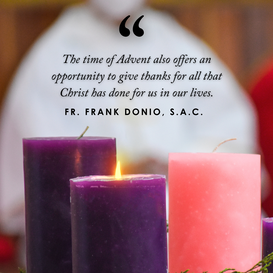 Many people do not like to wait. Western culture is instant. Waiting in line or waiting for something to arrive often creates impatience. The oft said line “patience is a virtue,” seems not to apply. We want whatever the thing is according to our schedule. God’s time, though, is not our time. We can be as impatient as we wish, but God will decide when the time is right. We need to decide if we are willing to wait, trust, and prepare. Christ is in our lives and wants to deepen his presence in us. Advent offers us a time to patiently wait for Christ who will come at the end of time and the one who is already incarnate among us which is what we celebrate at Christmas. The time of Advent also offers an opportunity to give thanks for all that Christ has done for us in our lives. It is a call to conversion of heart and deeper life in him. This is part of our preparation as we patiently wait. Conversion of heart may be a call to the Sacrament of Penance, so that we can receive the Eucharist in fuller love and openness. The Catholic Apostolate Center provides many resources for the Advent and Christmas seasons. We invite you to explore them and hope that they assist you in your preparation and waiting. For those in the United States, may you have a blessed Thanksgiving. For all, may you have a good and prayerful beginning to the Advent season. In God, the Infinite Love, Fr. Frank Pope Francis eloquently writes in his post-synodal exhortation Christus Vivit, “After this brief look at the word of God, we cannot just say that young people are the future of our world. They are its present.” In the last decade, and especially since Christus Vivit was promulgated in 2019, the Church has sought to help the Church’s youth become protagonists in their own right. This is seen in many parish, diocesan, and archdiocesan initiatives to form young Church leaders. Some examples of this include creating new diocesan offices for youth and young adult ministries and the growth of many high school and collegiate campus ministry offices. Nevertheless, young people crave young role models for the Faith. Pope Francis recognized this and listed many examples, including Mary, St. Francis of Assisi, and St. Joan of Arc. In this blog, I wish to discuss three saints in particular--Bl. Carlo Acutis, St. Jose Sanchez del Rio, and St. Therese of Lisieux—and how their witnesses are a model for young people (especially youth leaders) who wish to dive deeper into a relationship with Christ and his Church. Young people everywhere crave to see an aspect of themselves in the people they look up to, and Bl. Carlo Acutis is a soon-to-be saint who allows young people to see commonalities between themselves and the saints. Carlo was a typical Italian teenager who played soccer and video games. Nevertheless, he also made great strides for God in his work, uploading Eucharistic miracles to a website to spread devotion to the Body and Blood of Christ. He was called “an influencer for God” by his mother in an America Magazine article. Bl. Carlo stands as a soon-to-be saint accessible to the Church’s youth because of his young age and his connectedness to 21st-century culture. Bl. Carlo Acutis models for youth leaders how evangelization must occur within the culture and modern media, not from an ivory tower of formal theology and scholarship. The Gospel must be spread in a way that all generations can appreciate, and Bl. Carlo accomplished that with the creation of his website. Another young person who bore witness to the Faith in the context of his own time was St. José Sánchez del Rio. Saint José was a young man growing up in Mexico during the Cristero Wars. The Cristero Wars were a series of conflicts between the Mexican President Plutarco Calles's secularist government and Cristero fighters (formally known as the National League for the Defense of Religious Liberty). The Calles government imposed the 1917 Mexican Constitution, which contained anticlerical policies and sought state atheism. Catholics across the country opposed this and began resisting through liturgical services and military resistance against the Mexican army. Saint José was a young man during the war and wanted to fight to defend his Faith. His mother, however, refused to let him formally join the Cristero Movement. This made St. José contribute to the movement indirectly and attend Mass whenever possible. Nevertheless, when a Cristero General lost his horse in battle, young José offered his, and this led to his imprisonment by the Mexican army. After being tortured to renounce his Faith, José refused and was martyred. St. José Sánchez del Rio’s witness to the Faith is one of the best examples of what a Catholic is called to do by Christ: witness the Faith within your own culture and times while not renouncing our Lord. Despite his young age, St. José believed in Christ’s love and graces, and that gave him the strength to be countercultural and stand with Jesus instead of with the popular culture and the government that stood against Him. Finally, St. Thérèse of Lisieux remains one of the most commanding forces in the Church’s lexicon for youth witnesses. Becoming a Carmelite at age fifteen, Thérèse began to pray incessantly and pioneered her famous “Little Way” for the spiritual life. St. Thérèse’s “Little Way” seeks to help people encounter Christ in their day-to-day activities and pray to Jesus with childlike dependency. St. Thérèse of Lisieux’s powerful devotion to the Eucharist, prayer, and a joyful attitude allow many to realize that one can be close to Christ no matter what they are doing. St. Thérèse stands as a strong role model for young Catholics since her relationship to Christ reached such profound depths at her young age. Young people crave role models in the Church, and older generations can find powerful witnesses and wisdom from young Catholics as well. The Church has been and must remain dedicated to telling and promoting the stories of young saints to inspire every generation to become protagonists in the Church and saints for Christ’s kingdom. Young people can be inspired by these saints since they can “…offer the Church the beauty of youth by renewing her ability to ‘rejoice with new beginnings, to give unreservedly of herself, to be renewed and to set out for ever greater accomplishments’” (Pope Francis, Christus Vivit). **This blog was originally published on August 5, 2021.**
In college, I spent a semester living in the heart of Rome. The Cathedral of John Lateran was a short walk away and I visited it a number of times. Many may wonder, why do we have a feast that celebrates a building? I would like to reflect on that question today because this feast can unite, ground, and inspire us. Unite us One of my favorite parts of being Catholic is being able to find a home no matter where I am in the world. Christ is our shepherd and said he would never abandon us. There is a bishop who overlooks every square foot of land in the world. Though some of the most rural dioceses may stretch with many miles between churches, we belong to a local flock. We are not alone. When I travel, I can find a Catholic Church and feel at home even if I do not speak the same language! Rome feels like home because it is where the Holy Father resides, the representative of the head of the Body of Christ. Though the pope lives in Vatican City, he is the Bishop of Rome. The seat of the bishop is at the Cathedral. In this case, the Church of St. John Lateran. So, no matter where we live in the world, we all call the Pope, “Papa.” The Seat of Peter then can be a sign of unity of the one Church. Ground us We are human and God meets us in a time and place. Though we never want to grow too attached to things of the world, the world is where we encounter Our Lord through our senses. When people mention grounding techniques, it usually means to stop and notice where you are, what you are sitting or standing on, what you hear, what you see, and what you taste. This exercise is a go-to for returning to the here-and-now. God meets us right now. We do not want to miss out on today by worrying about tomorrow. Though God can meet us anywhere, we can notice the difference when we gather together in a space dedicated to worship. As a marriage counselor, I often encounter the objection to getting married in the church due to other aesthetic locations being preferred for wedding venues. Fr. Mike Schmitz does a beautiful job explaining this by pointing out the reality of laying down our lives in front of the Body, Blood, Soul, and Divinity of Jesus Christ. He humbled himself to become bread for us and we can humble ourselves to be in His Real Presence. Yes, the Franciscan in me loves nature, but sacraments such as marriage belong in the sacred space of churches. Our vocations are not about us, but about following Christ in the Church and being a gift to the Kingdom of God. Inspire us I have heard the argument that parishes spend too much money on architecture and design of church buildings and instead should give that money to the poor. Though I am an advocate for caring for the poor, it is not an “either-or” dilemma, but rather a “both-and” situation. Throughout Scripture, we read about the materials, time, and attention that went into building the Tabernacle and the Ark of the Covenant. The space in which God dwells is sacred. He is the King of the Universe and gives us the gifts and talents we return to him through our jobs. When we consecrate our work to God, it is an act of praise. In Rome, there are incredible, awe-inspiring churches on every street corner. I hope that each one of you gets to visit Rome Sweet Home someday or at the very least visit a local cathedral or church that is known for its beauty. As the media makes it seem as if we are divided, this feast reminds us that we are united. We all share a home where Christ built His Church. Let us take care of our spiritual homes in our neighborhoods. After working on a parish staff, I am aware of all the work that goes into keeping a parish functioning and open to everyone. As members of this one family, we can all chip in to do our part. Let us pray this week about what our Father may be asking us to do in our local and universal Church.
On November second every year, we celebrate the Feast of All Souls’ Day. It is a day when we are meant to remember and pray fervently for the souls of those who have gone before us marked with the sign of faith, especially our loved ones. While it isn’t a holy day of obligation, it is a beautiful opportunity to go to Mass if you are able. At Mass on All Souls’ Day, there’s a chance you might hear special music that you’re not used to hearing every Sunday. The reason for this is that there is a long and storied tradition of praying for the repose of souls in our music. This dates back to the very beginnings of Gregorian chant hundreds and hundreds of years ago. The sheer volume of work dedicated to this subject shows us the importance of the day and the importance of praying for our dead and remembering them always. Going back all the way to the beginning, we look to the simple chants sung at requiem Masses (Masses for the dead) that have implanted themselves in the musical tradition of All Souls’ Day. For instance, you might be familiar with the beautiful chant “In Paradisum,” the text of which is sung at every funeral, in which we ask for eternal rest in paradise for the deceased, entrusting them to the angels to take them to the bosom of Abraham. There are many different versions of this chant, from very modern to traditional and choral. The same goes for the other requiem texts, the “Dies Irae” being another. Moving forward in history, we see some of the greatest composers creating masterworks called “requiems.” In these, the special prayers for Masses for the dead mentioned above as well as the prayers that are sung at ordinary Masses (like the “Kyrie”) are set to music. Usually they were written for choir as well as orchestra or organ, some requiring hundreds of musicians. Some of the most famous requiems are Mozart’s, Verdi’s, and Fauré’s. You may hear selections of these at All Souls’ Day Masses, or at special concerts dedicated to the feast, or during the season of Lent. Listening to recordings of them is also a wonderful supplement to your prayers during this time. One of the most famous pieces of music within the tradition of All Souls’ Day is the “Pie Jesu.” Again originating from the prayers of the Mass for the Dead, the text reads, “Pious Lord Jesus, give them rest. Pious Lord Jesus, give them everlasting rest.” This prayer has become one of the most frequent inspirations for performances and composers, as the prayer itself is so simple and beautiful. There are so many beautiful versions, including one—among the most popular—composed by Andrew Lloyd Weber, the composer of The Phantom of the Opera. Whatever your taste in sacred music, there is much to be gleaned from the vast stores of music history with regard to All Souls’ Day. For a thousand years, composers have taken to the page to help us better pray for our deceased loved ones. This year, why not find a requiem that you haven’t heard before, or listen to Andrew Lloyd Weber’s “Pie Jesu”? Ask God to help you to pray for the souls of your loved ones through this music as millions of people have done before you and will continue to do as long as music lives. **This blog was originally published on November 2, 2022.** I recently started a podcast called “You Are More,” that focuses on living life outside the box yet inside the bounds of God’s perfect plan. As a therapist, I want people to know they are not defined by any box or label in their life. This idea originated after I wrote a book about each person being more than their relationship status. God defines us; labels just help describe us. One of my podcast guests posited that the saints are more than saints. Though we know saints by the parishes, organizations, and cities that honor them, or by reading their names in Scripture, they are humans at their core. The Chosen is a TV series that exhibits the humanity of Jesus and His disciples beautifully. After watching the first three seasons of The Chosen, characters pop off the page when I read or hear passages from the Bible. This week, we celebrate two apostles who share a feast day: St. Simon (the Zealot or the Canaanite) and St. Jude (also known as Thaddeus). Both men are lesser known than Peter, James, or John. And yet, they are close followers of our Lord. I can picture their personalities and their journeys. In the show, they are known as “Z” and Thaddeus. Franciscan Media explains that for Zealots, “the messianic promise of the Old Testament meant that the Jews were to be a free and independent nation. God alone was their king, and any payment of taxes to the Romans – the very domination of the Romans – was a blasphemy against God.” Loyola Press adds that, “some Zealots were very concerned that the spiritual ideals of their religion be kept. But others acted more like modern-day terrorists by raiding, killing, and inciting riots.” Linked below is a depiction of Simon Z being called to follow Jesus that shows he felt defined by his zealot training and weapons. Jesus told him that He does not need Simon, but he wants him… not for his weapons, but for him. https://www.youtube.com/watch?v=4JgOKkGBIQs&t=182s In this dinner conversation at the Wedding at Cana, Thaddeus shares with the disciples how he met Jesus working by his side at a construction site. Linked below: https://www.youtube.com/watch?v=xWciL5R5XtY The disciples were friends with Jesus and with one another. They lived in community and had their likes and dislikes, their strengths and weaknesses. The reason the Church shares the stories of the saints is not to show us unattainable ideals, but to remind us of what is possible for each of us. We can find our story in their stories and be encouraged that they were able to hold onto hope, faith, and love throughout life’s ups and downs. You may be a passionate person who is willing to take risks in the name of peace and justice like Simon Z. You may be meeker and inclined to accompany others, so they feel seen and heard like Thaddeus. You may even connect with another disciple better than either of these men, but that is a beautiful reminder that you are unique and have your own gifts. If you are not authentically you, you cannot be a saint. Jesus made you to be who you are, not someone else. Simon and Thaddeus may be lesser known in the story compared to the bigger names, yet, they are wanted by Christ. Jesus wants you to follow Him just as you are. Some of us have lost hope in our lives, and as a therapist I like to offer to hold the hope for my clients until they are ready to pick it back up again. In the Church, we know Thaddeus as St. Jude, the patron of hopeless causes. His name was originally Judas Thaddeus, which was eerily like the name Judas Iscariot, the one who betrayed Jesus. Because of this similarity, people were afraid to pray to him until St. Bridget had a vision of Our Lord asking her to confidently pray for his intercession. He became known as Jude to differentiate him from the infamous Judas. Now, countless miracles are attributed to his intercession. Simon and Jude both show different sides of Our Lord. Our Lord can be determined, feisty, and aggressive while also being slow, quiet, and gentle. Both exhibit hope. Article 1817 of the Catechism of the Catholic Church describes hope as “the theological virtue by which we desire the kingdom of heaven and eternal life as our happiness, placing our trust in Christ's promises and relying not on our own strength, but on the help of the grace of the Holy Spirit.” How are you desiring the kingdom of heaven? How can you place a greater trust in Christ’s promises this week? How can you rely less on your own strength and more on the grace of the Holy Spirit? Sts. Simon and Jude, pray for us! **This photo is from The Chosen television series.**
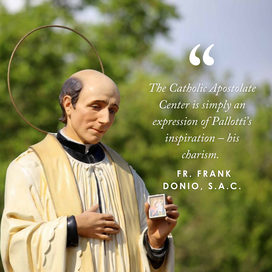 Today, we at Catholic Apostolate Center celebrate twelve years of reviving faith, rekindling charity, and forming apostles. Twelve years is the anniversary of this ministry of the Pallottine Fathers and Brothers of the Immaculate Conception Province, more formally known as the Society of the Catholic Apostolate. In many ways, the work of the Center really dates back to 1835 and the founding of the Union of Catholic Apostolate, an inspiration of St. Vincent Pallotti. The Union is a collaborative and co-responsible association of lay people, religious, and clergy to revive faith, rekindle charity, and form apostles. The Center is simply an expression of Pallotti’s inspiration – his charism. Catholic Apostolate Center collaborates with various entities of the Church in the United States and beyond. We provide numerous resources and assist in developing greater collaboration and co-responsibility in the Church. The Center aids also in the growth of the Union of Catholic Apostolate, including its member religious communities of priests, brothers, and sisters. As we begin another year of this ministry, we invite you to share ways in which we can assist you in your work to form apostles or missionary disciples. We especially ask for your prayerful support of our efforts. Please know that our prayers are with you. May the Charity of Christ urge us on! In God, the Infinite Love, Fr. Frank In my adult years, I have often turned to St. Teresa of Avila as a spiritual mother. I love her courage, her passion, her wit, and her boldness. Throughout her life, she was always on the go. She was a reformer who brought the Carmelite Order back to its original roots. She got things done, founding over fifteen monasteries. And yet she was a great mystic--a woman who received beautiful graces, revelations and experiences of God in profound ways that are hard to tangibly explain. She went into ecstasies as a result of her deep relationship with the Lord and wrote a book called The Interior Castle about the journey of faith leading to union with God. I love the synthesis of the practical and the mystical in her personality. This synthesis becomes more compelling in our lives today, for it reveals that we are capable of a deep interior life and relationship with God in the midst of the busyness of life. There is a story about Teresa of Avila that has caused me to laugh in genuine appreciation of her character. According to tradition, Teresa fell off her donkey while journeying to visit one of her convents--causing her to land in the mud and dirty her Carmelite habit. With her quick, fiery Spanish temper, Teresa looked up to heaven and said to God, “If this is how you treat your friends, no wonder you don’t have many.” I love this story because it beautifully depicts St. Teresa’s humanity and honest relationship with God. It is a raw, unfiltered moment of frankness that I believe is an example of both true prayer and transparency in our relationship with God. If prayer is ongoing dialogue with God through words, thoughts or actions, what is Teresa’s statement if not prayer? She talks to God with confidence and trust. She is bold about her feelings, knowing that God can handle her honesty. Notably, where does Teresa turn first in her day to day life? To God. He is her crutch, her foundation, even in times of frustration and annoyance. He is at the forefront of her mind. When I first heard this anecdote, I could completely relate to St. Teresa. Like her, I fall down on the road towards holiness. Furthermore, I often catch myself blaming God for different moments of hardship and frustration. What we sometimes miss as we lie there in the mud is the hand that’s in front of us--the extended hand of Christ that I often imagine in the story of the woman caught in adultery who Jesus saves from being stoned. God is not the one who pushes us down, but he is the one who picks us up. How quick are we to reach for the outstretched hand? Do we even reach out for it? Or are we too proud, choosing to try to get up by ourselves? What did St. Teresa do? In one of her reflections, she writes, “I praise the mercy of God, for it was he alone who gave me his hand.” (Life, Ch 7, The Collected Works of St. Teresa of Avila, Volume One, ICS Publications, Washington D.C. 1987) Do we turn immediately to God in our day to day lives? This is a question we can all reflect upon. Taking our reflection a step further, do we respond to the situations in which we find ourselves with joy or a sense of humor? I believe Pope Francis and St. Teresa would have been great friends. In his homily at the canonization Mass of Junipero Serra, Pope Francis reminded us of St. Paul’s command to “rejoice always.” If we forget this call, we fall into the temptation of becoming “sourpusses”--to use Pope Francis’ term. We are called to be people of joy in the midst of suffering, not in the absence of it. It is this type of transparency in our relationship with God, this type of outlook on the life of faith, this sense of humor that helps us move forward in answering the universal call to be missionary disciples who witness to the Gospel through their encounter with those around them. Like St. Teresa, may we always have a sense of humor. May we be bold and honest in our dialogue with God. May we be apostles of joy. And may we join in saying the phrase very often attributed to her, “God protect us from sour-faced saints”! **This blog was originally published on October 15, 2015.** **This image is from: https://www.holyart.co.uk/blog/religious-items/saint-teresa-of-avila-spanish-nun-and-mystic/**
I’m writing this blog while sitting on a patio at an AirBnB in Sedona, Arizona overlooking a beautiful landscape of red rocks and green trees. My sister is walking hand-in-hand in the grass with her 10-month-old daughter who just learned how to walk. The sun warms my skin, and the breeze cools my face after a challenging hike this morning. Being immersed by the great outdoors draws my mind to St. Francis of Assisi. I chose him (or some say that he chose me) to be my Confirmation Saint because of my love for peace and creation. The views of town from this house on a hill remind me of the small mountain town of Assisi. When I visited there, I could feel St. Francis’ presence as I was awestruck by the beauty around me and the peace within me. His tomb is one of the most peaceful places I have ever been. The energy of his presence is palpable in that room, and his legacy continues as people flock to where his bones eternally rest in peace. Energy is a popular term around Sedona since this area is believed to be a “vortex.” A vortex is a “swirling center of energy that can produce a range of physical, emotional, and spiritual effects.” (Sedona.net). According to VisitSedona.com, “Sedona has long been regarded as a place both sacred and powerful. It is a cathedral without walls. It is Stonehenge not yet assembled. People travel from across the globe to experience the mysterious cosmic forces that are said to emanate from the red rocks.” Energy is indeed a scientific reality; all creation gives off a certain energy. A woman has a feminine energy that complements a man’s masculine energy. Someone can either bring enthusiastic energy into a room or suck all the positive energy out of it. The Church embraces science and affirms scientific truth as God’s truth. St. Francis loved creation and had a deep spirituality. At the front door of a Sedona New Age shop, a St. Francis statue welcomes patrons. The New Age belief is that “there is no spiritual authority higher than personal experience.” St. Francis loved creation because he loved the One who created it all. He encountered God in all things, even though everything is not God. On one of the main vortexes surrounded by valleys and mountains rests The Chapel of the Holy Cross. It proclaims peace over all who enter. The larger-than-life crucifix is a reminder that Jesus is who we must seek in the heart of all creation. The Pontifical Councils for Culture and Interreligious Dialogue released a document in 2003 entitled “Jesus Christ the Bearer of the Water of Life: A Christian reflection on the New Age.” The following is a brief excerpt: "Gaia, Mother Earth, is offered as an alternative to God the Father… there is talk of God, but it is not a personal God; the God of which New Age speaks is neither personal nor transcendent… belief in cosmic powers and some obscure kind of destiny withdraws the possibility of a relationship to a personal God revealed in Christ. For Christians, the real cosmic Christ is the one who is present actively in the various members of his body, which is the Church." We all have different ways of praying and experiencing the power of God. If you have a spiritual encounter with nature, give thanks to the Holy Spirit for this beautiful connection to God’s creative energy. St. Francis loved being outside, but he did not make an idol of nature. We should not replace the Creator with creation. The Trinity invites us into a beautiful dance of love that is called “perichoresis.” In a humble attempt to create a metaphor, I could suggest that creation is the ballroom, dance floor, and the music that the Triune God created in order to help us dance with Him more beautifully. Creation brings us joy, peace, and refreshment, but it is not the ultimate source. We need to let God lead. Like an astonishing view on a mountaintop after an arduous hike, the Chapel of the Holy Cross radiates the message of mercy. Mercy is most beautifully defined as love touching misery. Though we suffer in this life, the love of God is always pursuing us. After the Feast of St. Francis, we celebrate the Feast of St. Faustina. She was an advocate for Divine Mercy and the Church has embraced her diary. She writes: “Creation is contained in the inmost depths of the Divine mercy more deeply than an infant in the mother's bosom.” (Diary 421, 1076) “Rejoice, all you creatures – she wrote – for you are dearer to God in His infinite mercy than a baby to his mother's heart.” (Diary 423) “Jesus, Eternal Light, enlighten my mind, strengthen my will, inflame my heart and be with me as You have promised, for without You I am nothing.” (Diary, 495) St. Faustina and St. Francis were both aware that without God they were nothing. Autumn reveals that beauty can come from “falling” or “dying.” As the leaves die and fall to the ground, they fill the sky with beautiful color before landing gently on the firm foundation. As this new season begins, I invite you to go on a walk outside and take Faustina or Francis with you. They are wonderful companions and would love to help you find the love, peace, energy, and mercy of Jesus Christ. Any nature that captures your attention is just a tiny glimpse of the masterpiece that God created in YOU! Here is a PDF of St. Francis’ Canticle of the Creatures: https://www.xavier.edu/jesuitresource/online-resources/documents/canticleofthecreatures-whitebackground.pdf Here is a sung version by Donna Cori Gibson: https://www.youtube.com/watch?v=9uxGrQ5cQpc
|
Details
Archives
July 2024
Categories
All
|
About |
Media |
© COPYRIGHT 2024 | ALL RIGHTS RESERVED

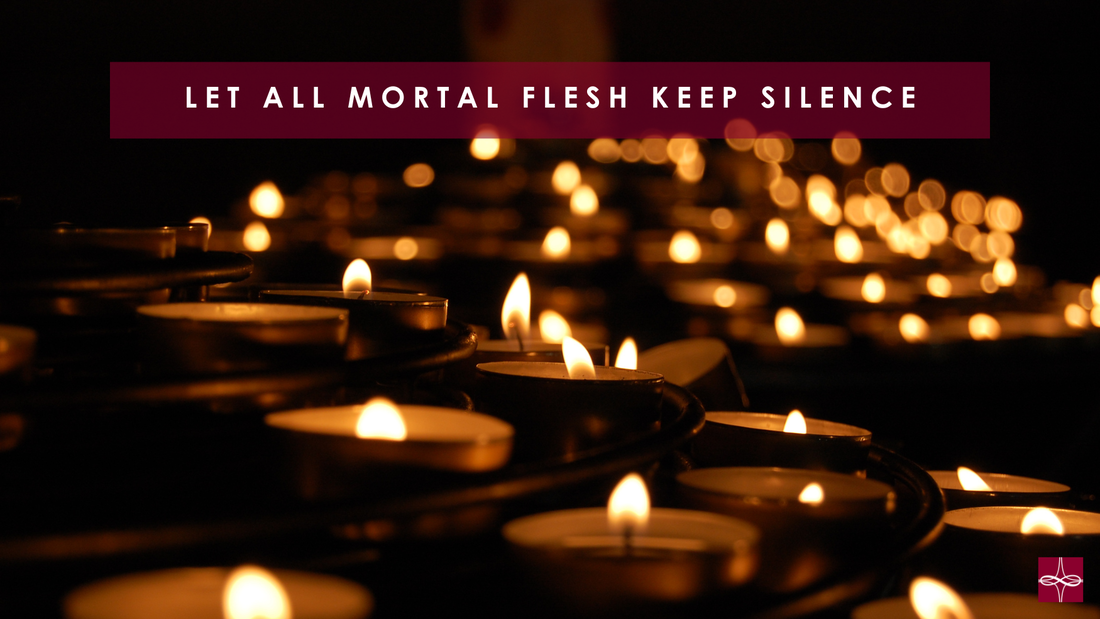
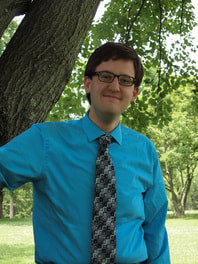
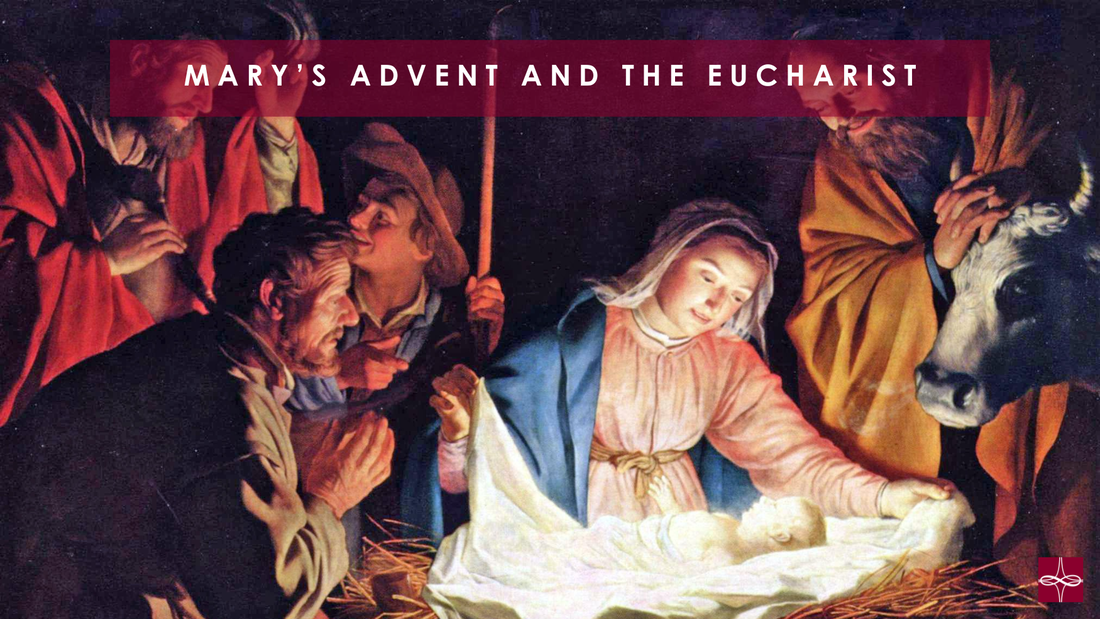

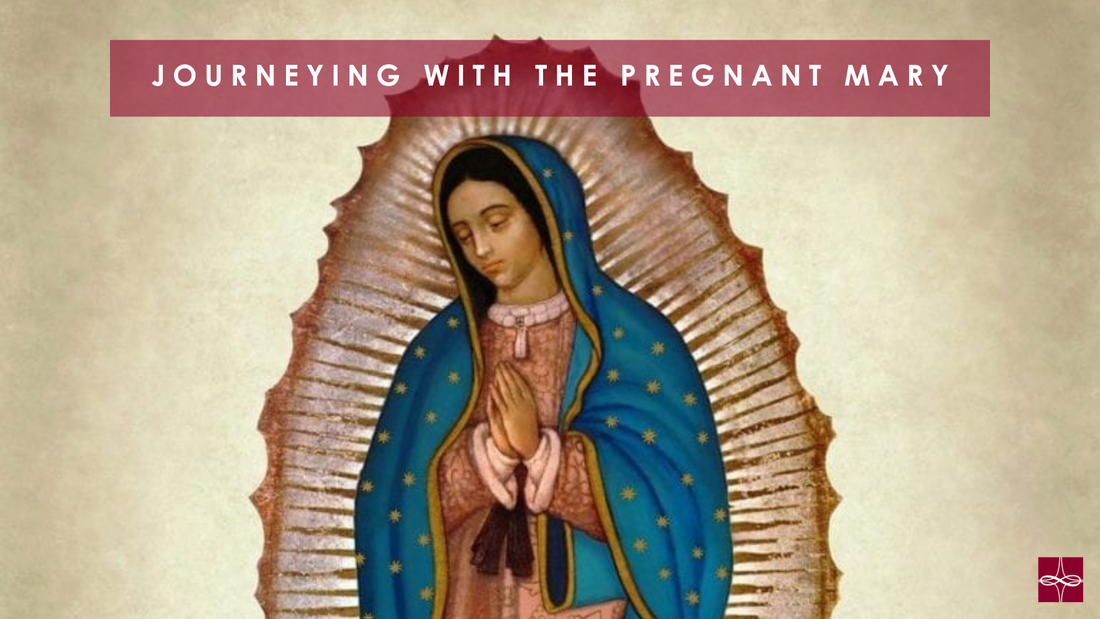
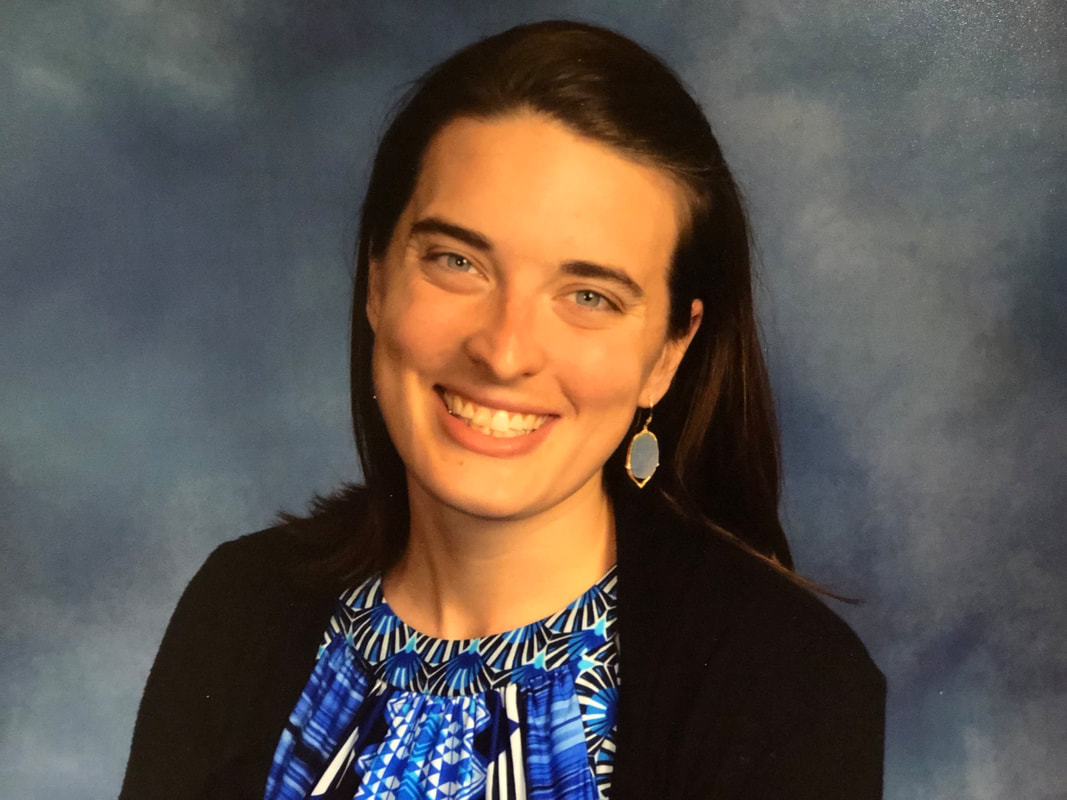


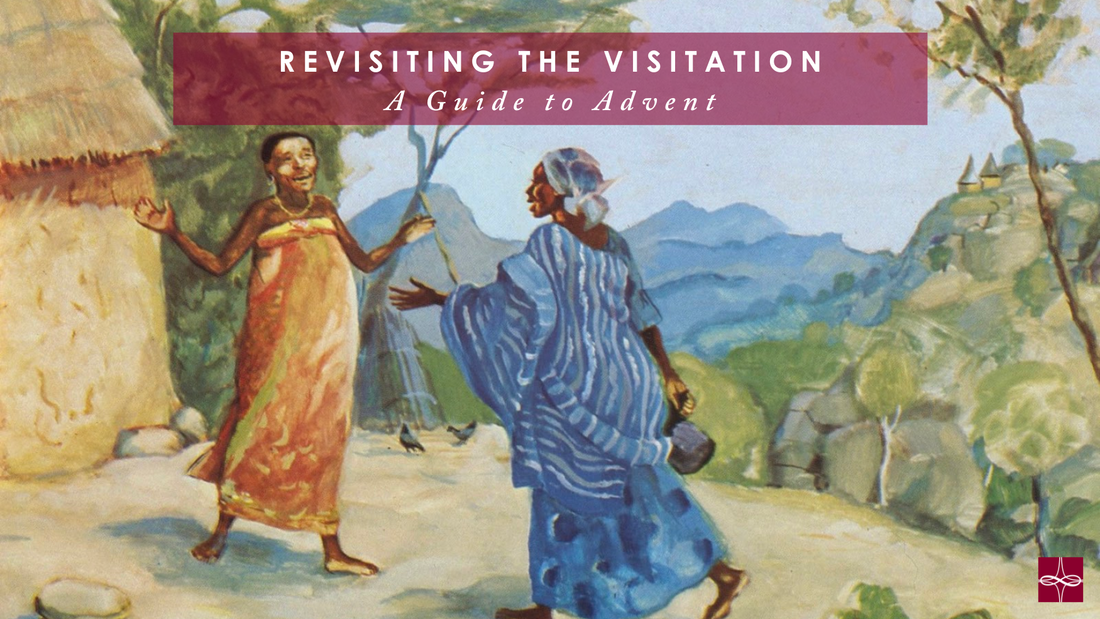

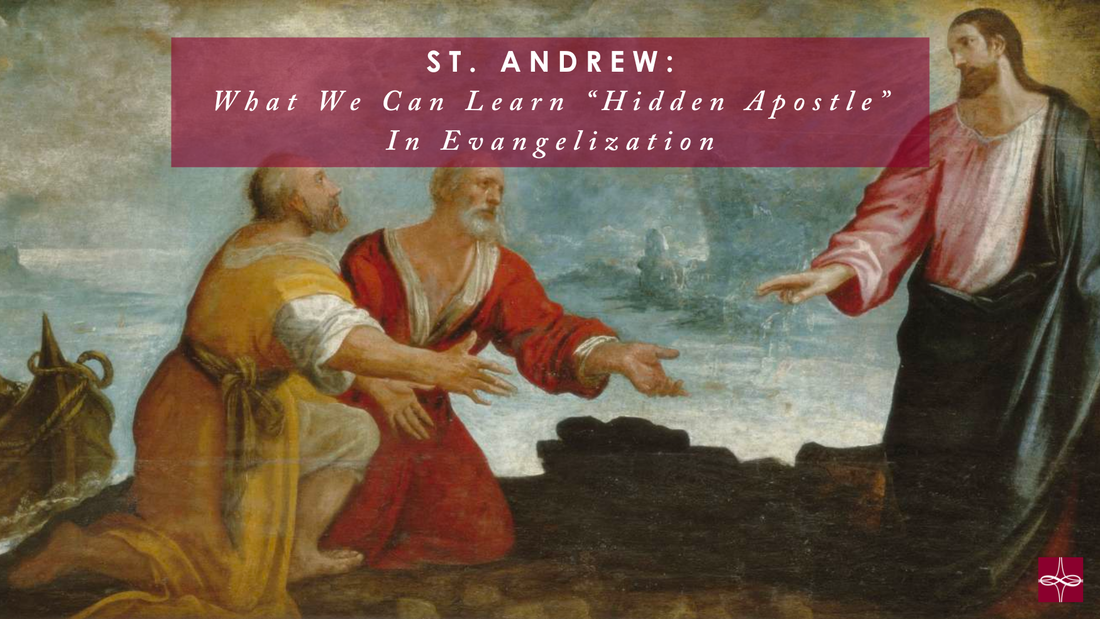
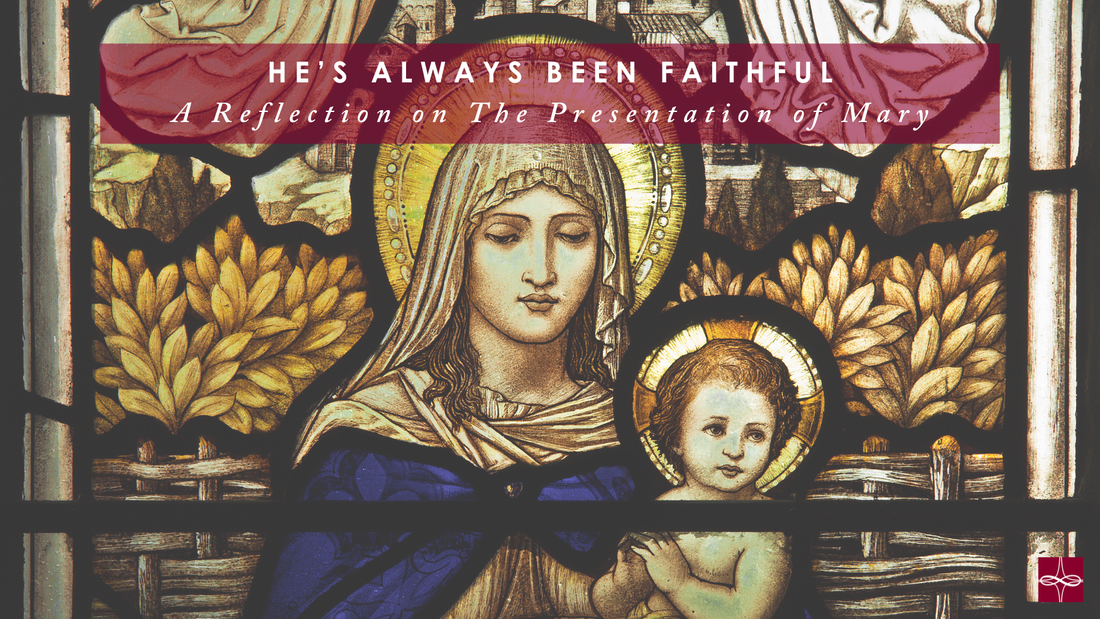
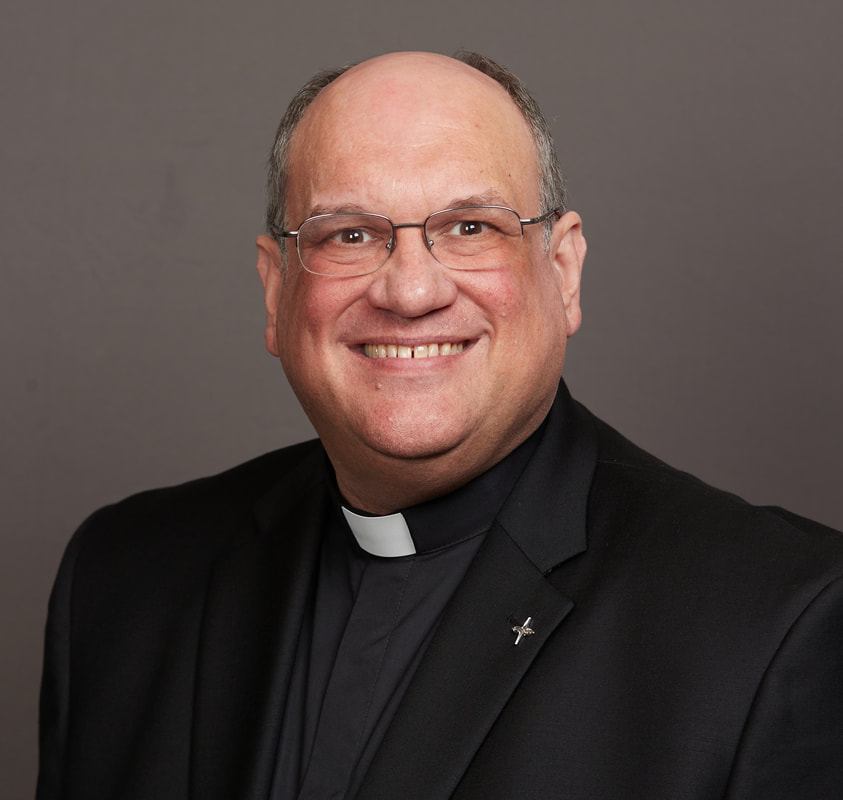
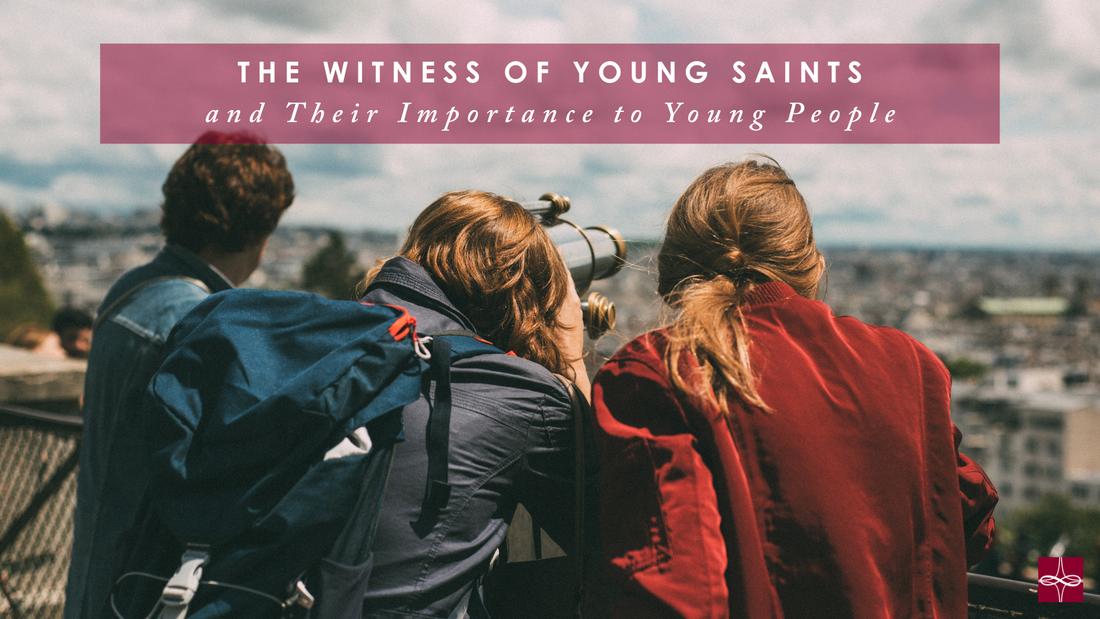

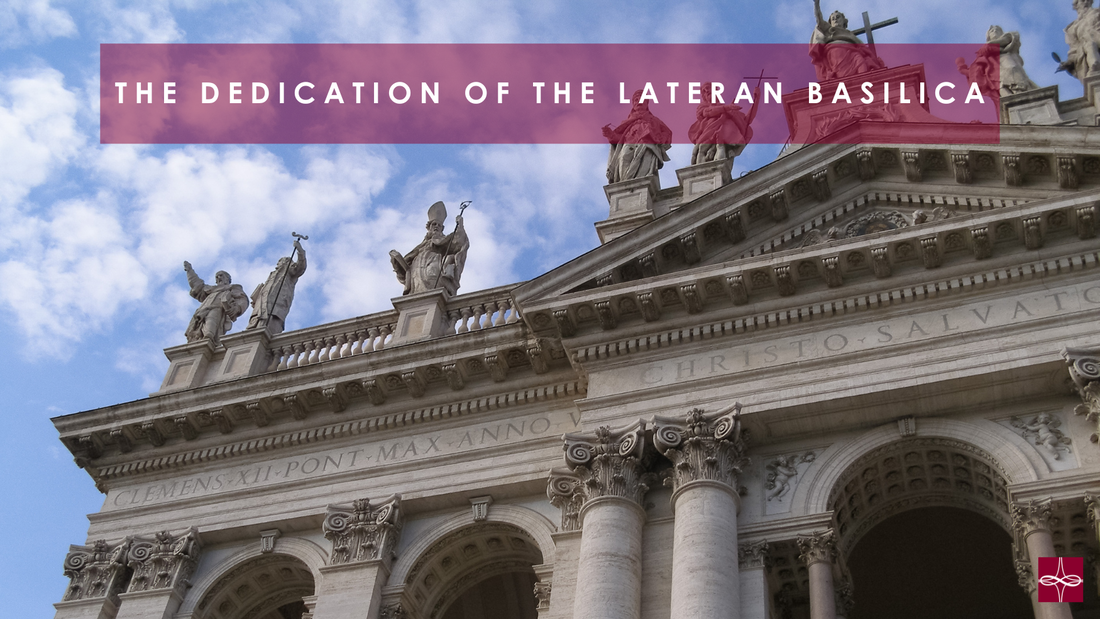
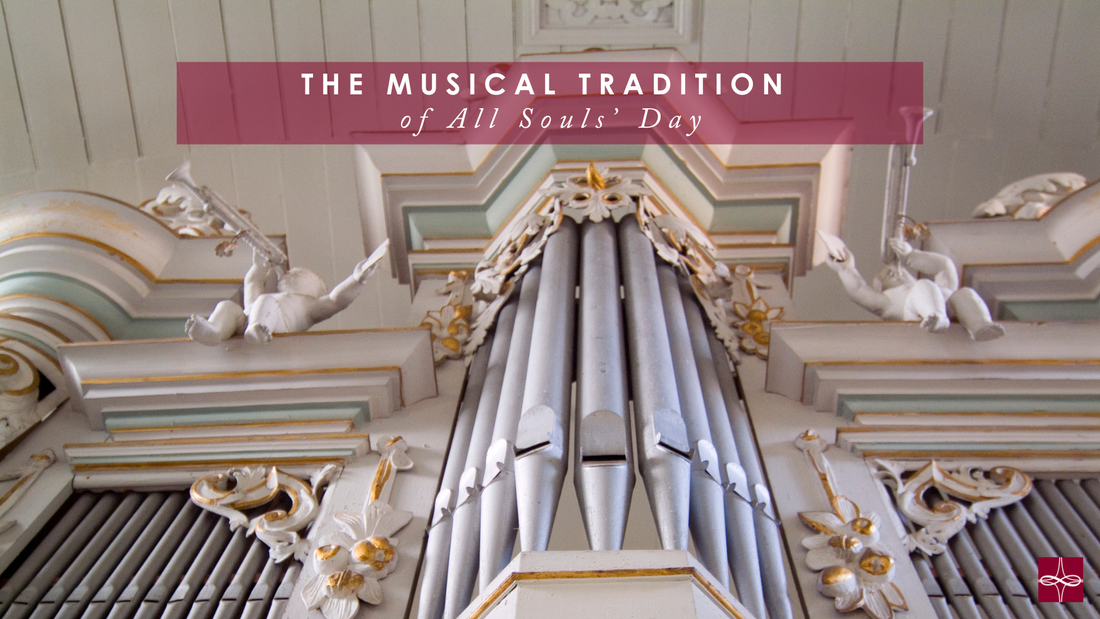

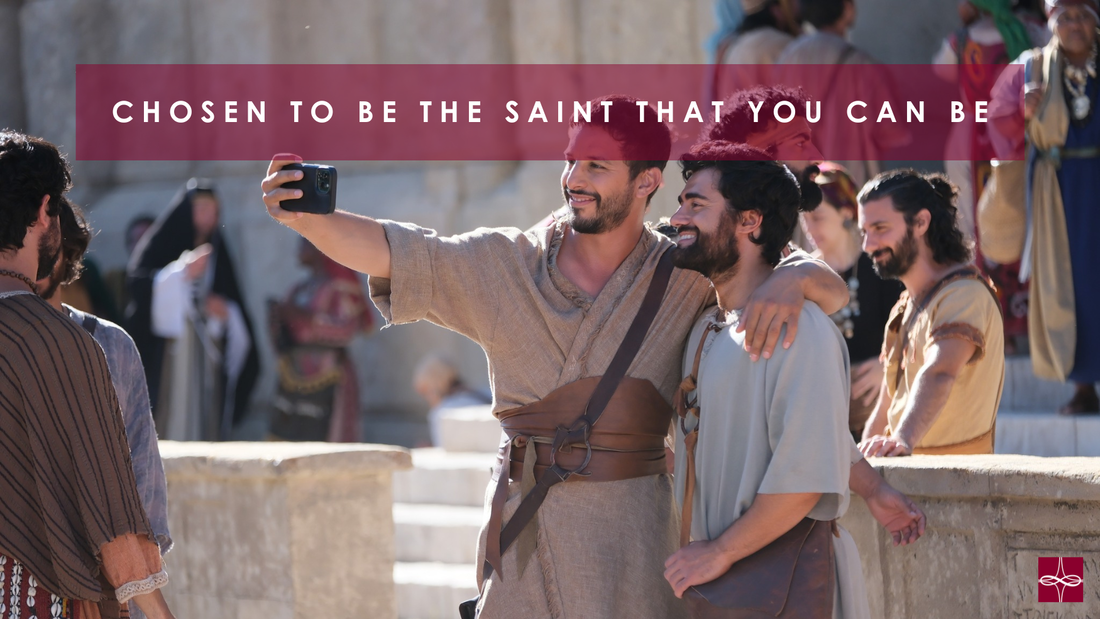
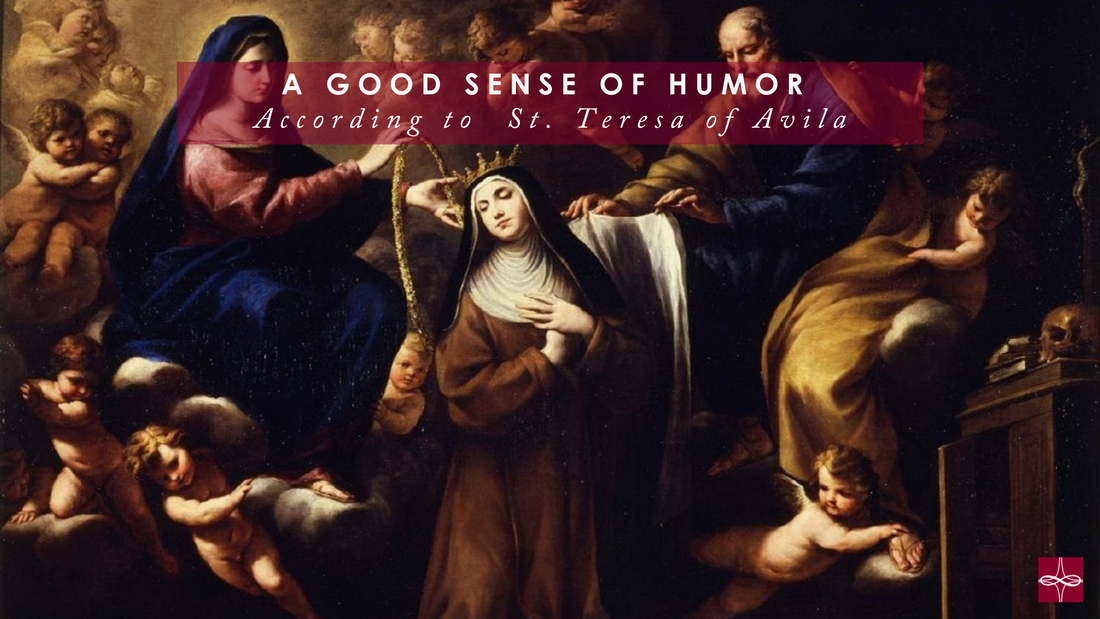

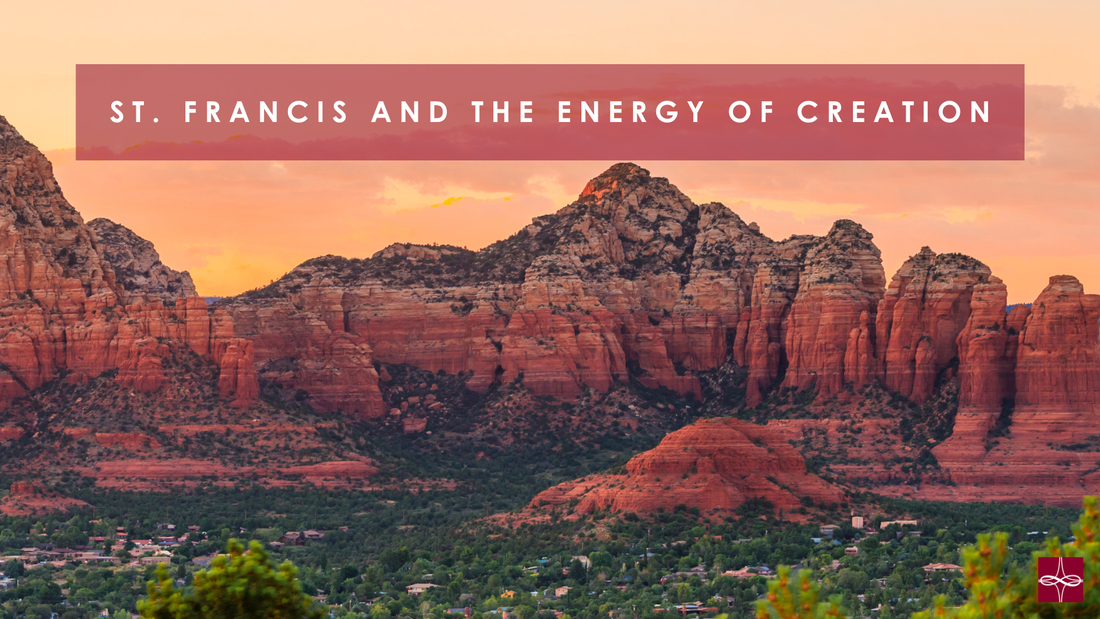
 RSS Feed
RSS Feed